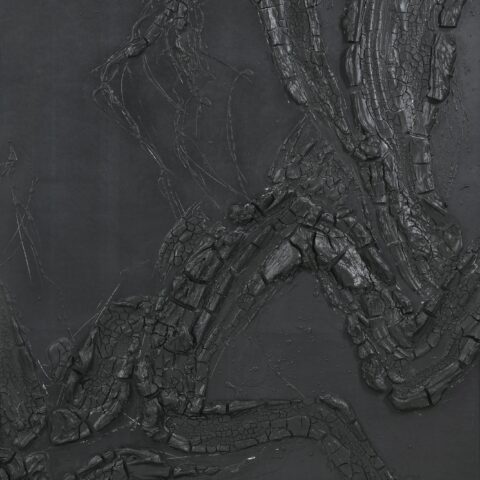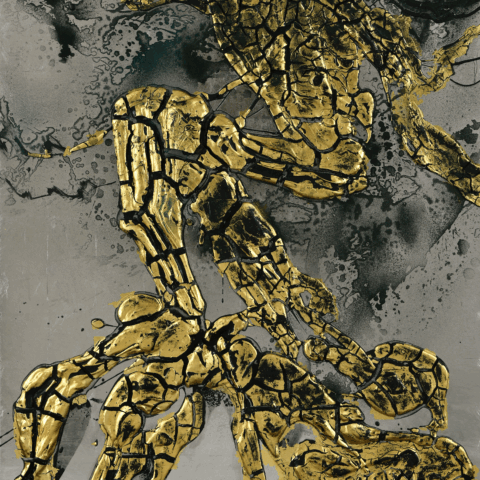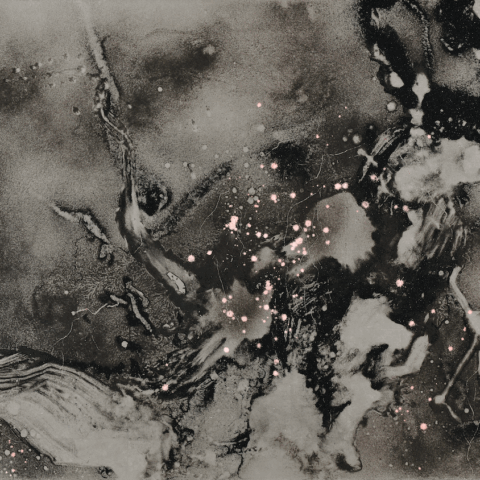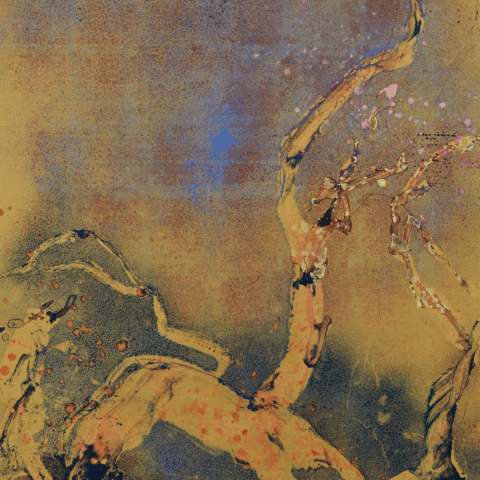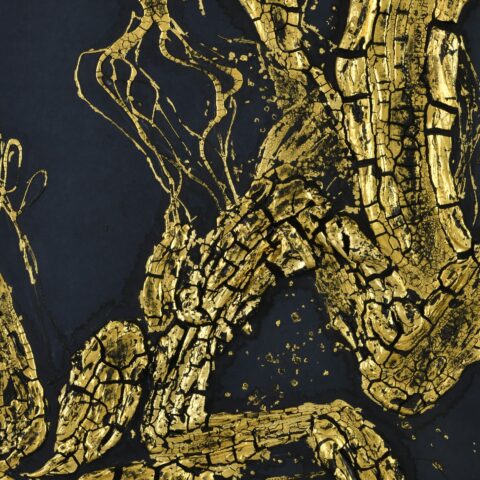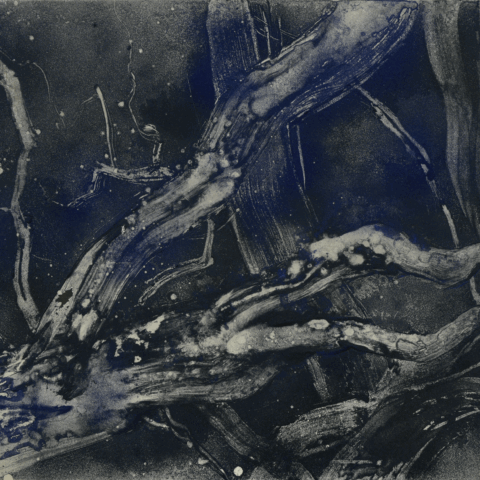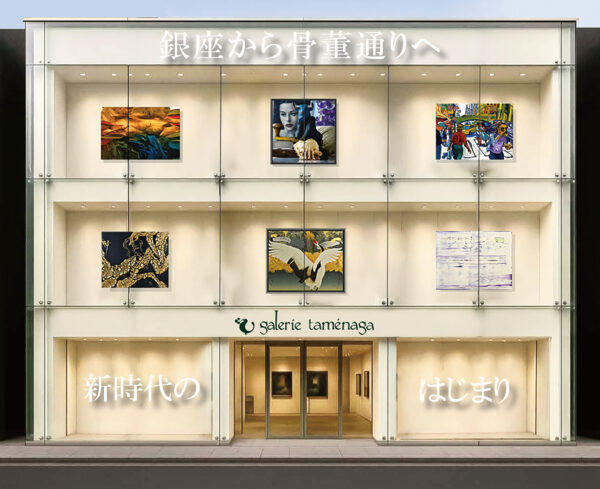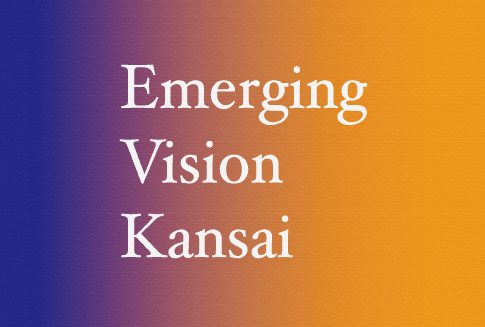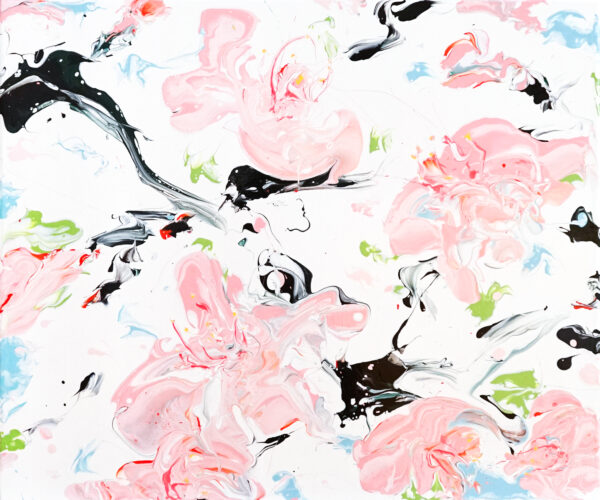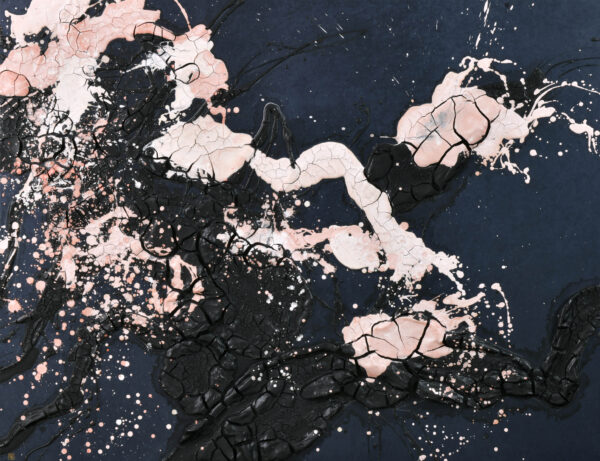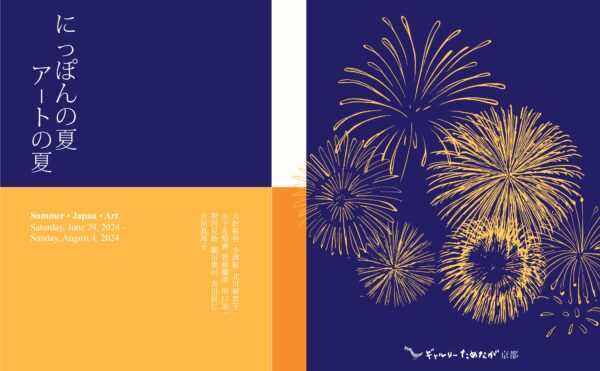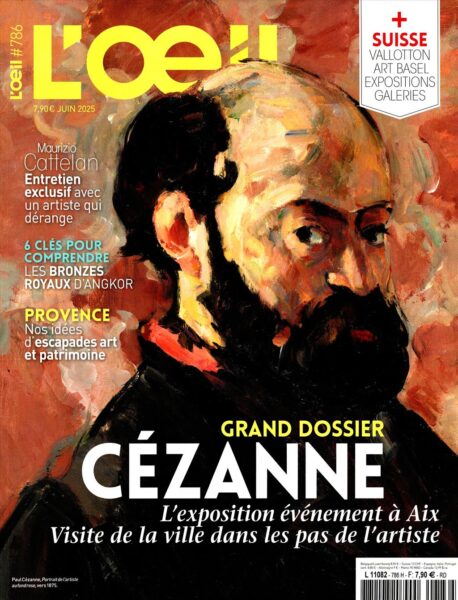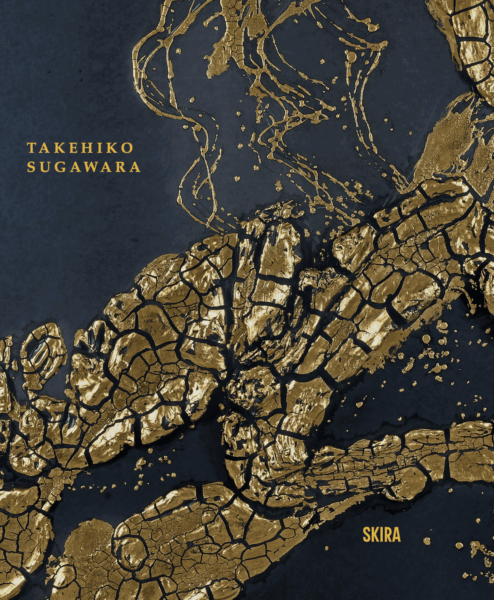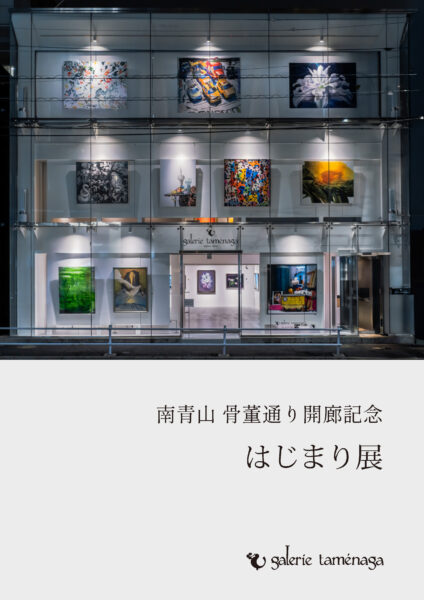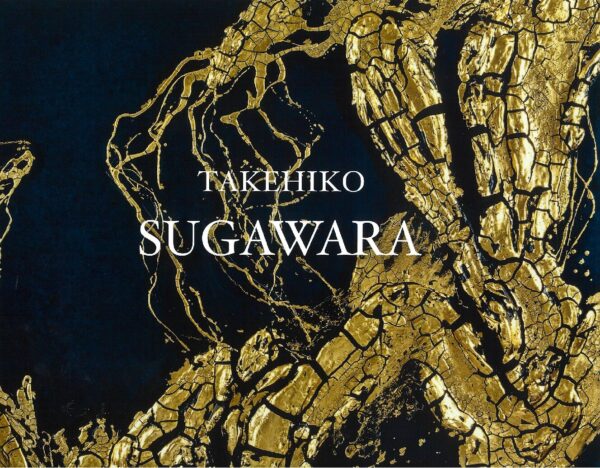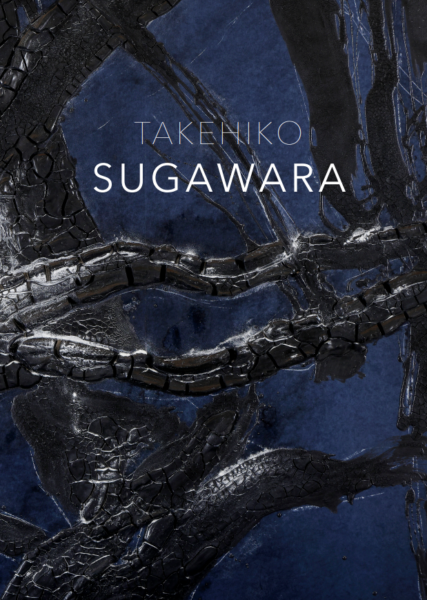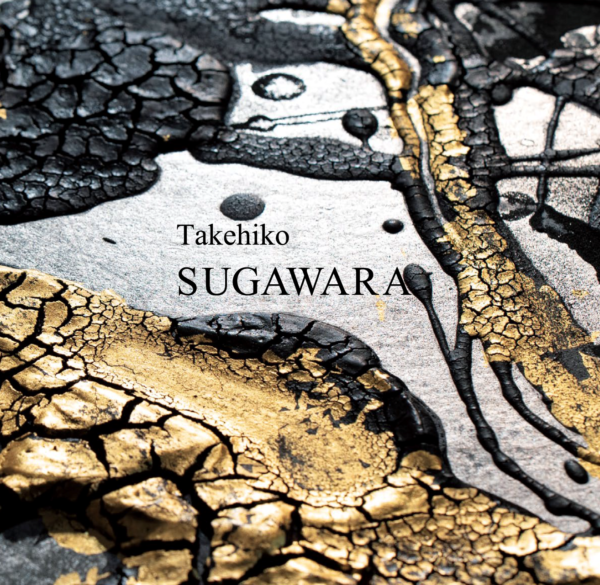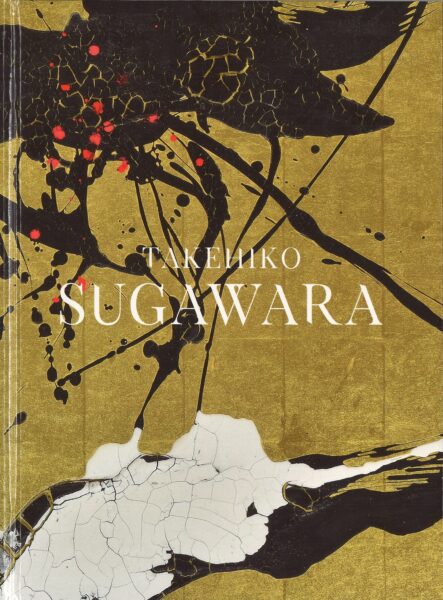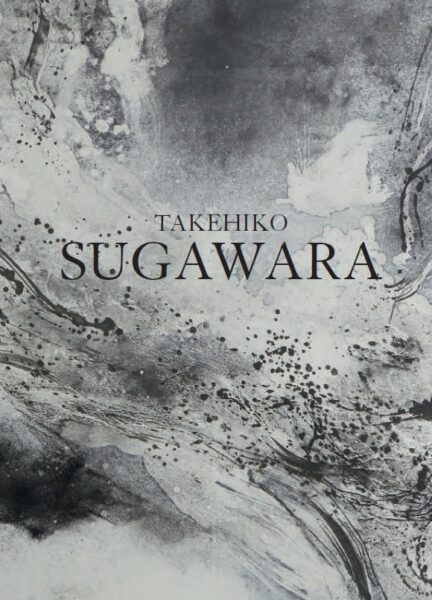Takehiko Sugawara
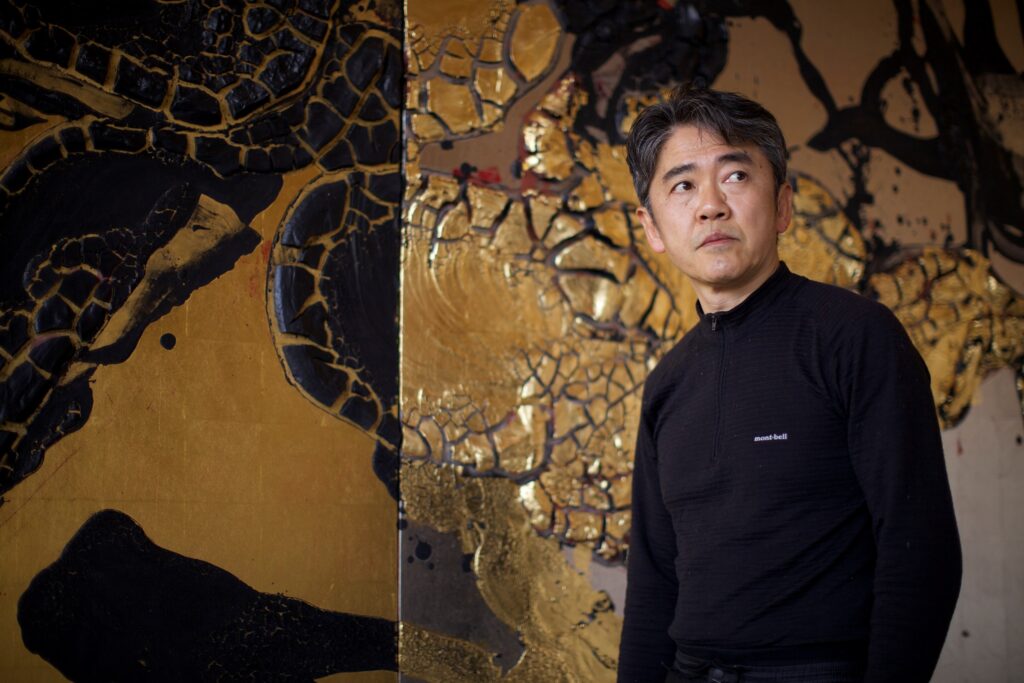
Born in Tokyo in 1962, Takehiko Sugawara entered Tama Art University in Tokyo in 1989. In 1994, he was awarded the Young Talent Grant from the Gotoh Memorial Foundation. Throughout his career, he received several prestigious distinctions, including the Grand Prize of the Agency for Cultural Affairs of Japan, the Yamatane Museum Prize, and the Nikkei Nihonga Grand Prize. From 1991 onward, major solo exhibitions were dedicated to him in institutions such as the Central Art Museum and the Nerima Art Museum in Tokyo, as well as the Shirane Museum of Art in Yamanashi. From 2005 to 2025, he served as a professor at Kyoto University of Art and Design.
Heir to a long Japanese tradition, Sugawara mastered with virtuosity the ancestral techniques of Nihonga, working with natural materials such as mineral pigments, washi paper, and gold and platinum leaf. Although his works belong to a resolutely abstract register, they are deeply rooted in an attentive contemplation of nature; Sugawara often undertook true pilgrimages into its heart. He captured the trembling of a great cedar, the damp breath of a waterfall, or the density of an ancient cherry tree. Each curve of a trunk, each subtle vibration of light on bark, each modulation of wind through branches became matter for memory and incarnation. His gesture sought less to recreate the tree itself than the vital force that inhabits it, the telluric energy that shaped it. “Perhaps I was not only searching for trees. In truth, I was pursuing the very life force of the Earth,” he once confided. His compositions, also traversed by the rhythm of the seasons, capture both the silent weight of snow cloaking the land, the sudden rush of air, and the slow thrust of roots deep into the soil.
In each of his works, Sugawara sets forms into motion, transforming them into invisible dragons and trees of eternal presence. His painting is a constant homage to the beauty and power of nature, combining the creative strength of Japanese masters with a palpable spiritual charge.
In 2025, pursuing the demanding quest he imposed upon himself as upon his entire artistic practice, Sugawara ventured into the mountains of Tsurugi to confront a new subject: the great cedar of Toyama. It was at the foot of this tree that he was found, the victim of a fatal fall.


